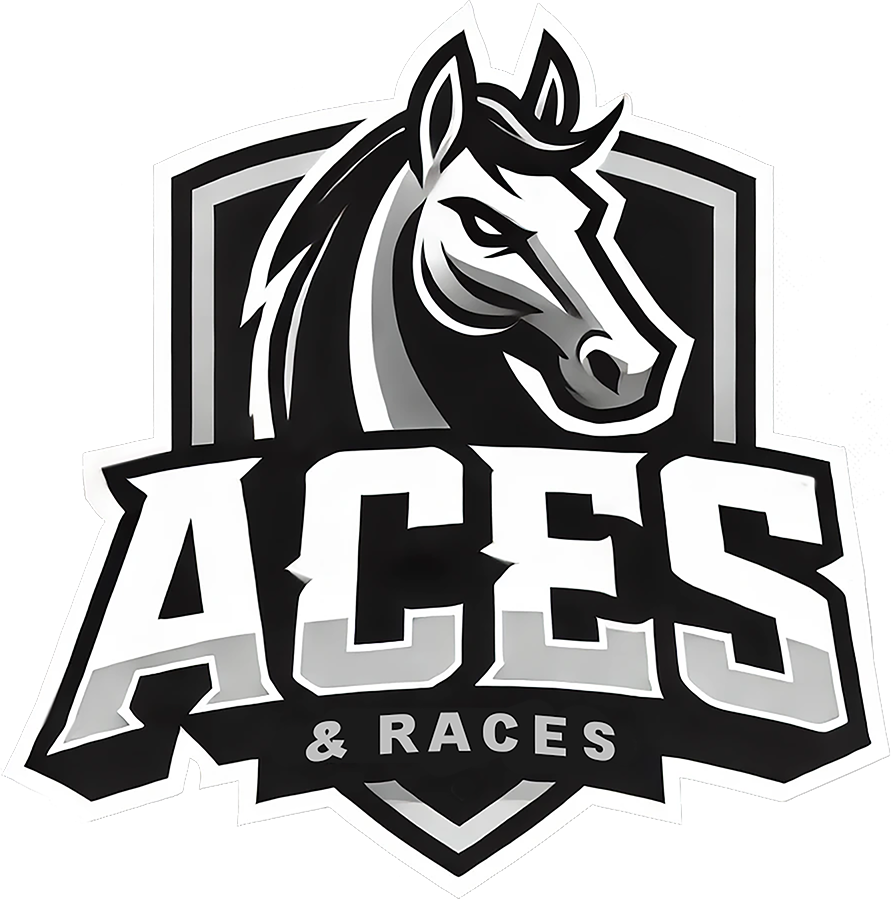AI & Big Data in Horse Racing: Changing the Game in 2025
AI & Big Data in Horse Racing: Changing the Game in 2025
Horse racing has always been a sport rooted in tradition, from the pomp of race day hats to the thrill of cheering on a photo finish. But as we move deeper into the digital age, horse racing is getting a tech upgrade—and it’s not just about flashier broadcasts. AI and big data are taking over the backstretch, paddock, and even the betting window, making handicapping and training smarter, faster, and more accurate.
So, what does this mean for the sport? Let’s dive into how AI and big data are shaking up horse racing and why 2025 could be the most exciting year yet.
The Data Revolution in Horse Racing
If you’ve ever tried handicapping a race, you know it can feel like solving a Rubik’s Cube in the dark. You’re analyzing a horse’s past performance, the jockey’s stats, the trainer’s record, track conditions, and even the weather. It’s a lot.
That’s where big data comes in. Today, every hoofbeat and whip crack is recorded and analyzed, feeding a massive amount of information into databases. Here are just a few sources:
• Past Performances: Think speed figures, race times, and finishing positions—times 1000.
• Biometric Sensors: Wearable tech tracks everything from a horse’s stride length to its heart rate during training or races.
• Video Analytics: AI breaks down hours of footage to pinpoint details the human eye might miss, like a horse’s unique gait.
• Betting Trends: By tracking where the money’s going, AI can predict late-market movements and flag potential upsets.
This isn’t just for the pros. Platforms like Equibase and Timeform are using AI to turn all that data into actionable insights, so even casual bettors can get in on the action.
AI: Your New Handicapping Sidekick
Let’s face it—handicapping can feel overwhelming, even for seasoned bettors. AI is here to change that. With tools like Betmix and EquinEdge, bettors can enter their preferences (say, “I want the safest bet” or “Give me a long shot with a decent chance”) and let AI crunch the numbers.
Here’s what AI can do for your bets:
• Find Hidden Gems: AI spots patterns humans often miss, like how a horse performs under a specific jockey on wet tracks.
• Predict Outcomes: Using machine learning, AI builds models that predict race results with surprising accuracy.
• Real-Time Adjustments: Got a last-minute jockey switch? AI updates its recommendations instantly.
Suddenly, you’re not just betting—you’re betting smarter.
Beyond Betting: AI in Training and Horse Care
AI isn’t just about winning bets—it’s helping trainers and owners, too. Imagine a trainer analyzing biometric data from their horse after every workout. If the horse’s stride is off or its heart rate spikes unexpectedly, AI alerts them before a minor issue becomes a career-ending injury.
Take the example of Stridesafe, a system that tracks a horse’s movement to detect subtle abnormalities. Trainers who’ve used it say it’s like having an early-warning system for lameness or injury.
And then there’s race strategy. Trainers can use AI to decide whether to aim for a fast start or save energy for a late surge, all based on detailed data from past races.
A New Era for Fans and Bettors
What’s in it for the fans? For starters, AI-powered apps and platforms are making the sport more engaging. Imagine tuning into a race and seeing live stats like a horse’s current speed, projected finishing position, or even its heart rate. It’s like fantasy football but for horse racing.
Platforms like FanDuel Racing are already experimenting with AI-driven experiences, and broadcasters are adding real-time overlays to make races more interactive.
Ethical Concerns and Challenges
Of course, it’s not all smooth sailing. Big data and AI raise some tough questions:
• Is it Fair? Casual bettors may feel outmatched by professionals using high-powered AI tools.
• Privacy Issues: Who owns the data from a horse’s biometric sensors? The trainer? The track? The owner?
• Cost Barriers: Smaller tracks and independent trainers may struggle to afford these cutting-edge tools.
Still, many in the industry argue that making AI tools widely available levels the playing field, allowing even newcomers to make smarter bets.
What’s Next for Horse Racing in 2025?
The possibilities are endless. Here are a few trends to watch:
1. Better Fan Engagement: Think augmented reality (AR) apps where you can “walk” into the paddock or see live stats overlaid on horses during races.
2. Responsible Betting: AI systems could monitor betting patterns to flag risky behavior and promote responsible gambling.
3. Global Expansion: AI could help racing expand to new markets by tailoring the experience for different audiences.
At its core, this tech isn’t replacing tradition—it’s enhancing it. The thrill of the race, the connection to the horse, and the magic of a big win will always be the heart of the sport. AI just makes it more exciting and accessible than ever.
Final Thoughts
Horse racing has come a long way from dusty tracks and paper betting slips. With AI and big data, the sport is entering a new era of innovation, bringing fresh excitement to bettors, trainers, and fans alike.
Whether you’re a seasoned handicapper or someone who just loves the pageantry of race day, there’s no denying that 2025 is shaping up to be a year where tradition meets technology in the most thrilling way possible.
So, the next time you’re watching the ponies, remember: there’s a good chance AI is right there with you, analyzing every stride.

